Time outdoors warms the soul, but it also presents the possibility, however slim, of an accident that burns the skin. Serious burns outdoors can happen many ways, including injuries caused by campfire flare-ups and stove accidents, or scalding burns from water spilled while cooking. One of the most common types of burns is, not surprisingly, a sunburn. Chemical burns, though rare, might be caused by leaking batteries or spilled fuel.
Evaluating and treating burns when you're outdoors is similar to treating them when you're in non-remote areas like home or work. But professional medical treatment is less readily available, so you need a good foundation of knowledge and some practice in burn treatment.
First aid for burns in an outdoor setting involves the following steps:
- Prevention: Take precautions to avoid getting burns in the first place.
- Extinguish the burn source: Stop the person from running, then have them drop and roll; you can also roll them in a sleeping bag or jacket to help extinguish the flames; quickly remove jewelry and clothing from the burn area because they can retain heat and continue the burning. Secure the area by turning off any stoves and/or making sure hot pots or other burn sources are well clear.
- Assessment: Evaluate the depth of tissue damage—superficial, partial-thickness or full-thickness—and the extent of the burn—the percentage of body covered; also check for airway burns, which are especially concerning.
- Treatment: Cool, clean and dress the burn.
- Evacuation: Know which burns require you to get the victim to a medical professional.
The information in this article is taken from NOLS Wilderness Medicine, 6th edition, which is the basis for the curriculum taught by instructors at NOLS. You can take one of its courses at many REI stores:
Getting yourself a reference book for a full range of medical issues is also a wise move:
Remember: Safety is your responsibility. No article or video can replace the advice of a physician, nor professional instruction and experience. Make sure you're practiced in proper techniques and safety requirements before you render first aid.
Prevention of Burns in the Outdoors
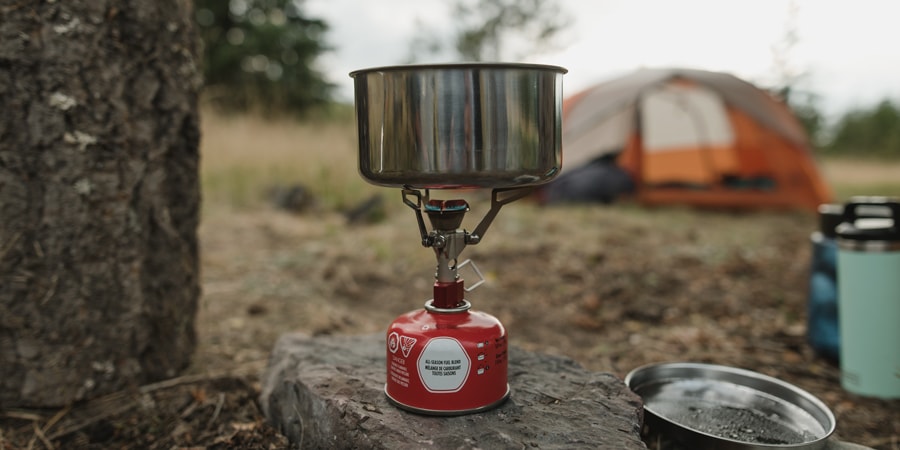
Prevention is far easier than treatment after something goes wrong. Because cooking a meal and making a campfire are end-of-day activities, you're more likely to be fatigued. So refocus on the task at hand whenever you're near a stove or fire.
Make sure your stove is in a stable location and that you're seated comfortably and out of harm's way while you cook. Take care when lighting your stove and be extra cautious when moving or pouring hot water.
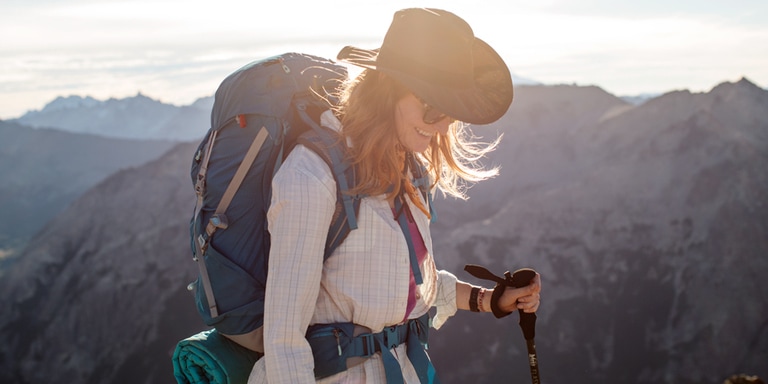
Preventing sunburns: Simply being outdoors for extended hours each day ups your exposure level; in addition, UV rays are more intense between 10 a.m. and 2 p.m., when you're at high altitude and if you're around water or snow. And you can still get burned when skies are overcast because the sun's radiation passes through clouds.
Sunburn is eminently preventable with generous application of sunscreen and wearing sun-protective clothing. Read How to Choose and Use Sunscreen and How to Choose Sun Protection (UPF) Clothing for the full rundown on sunburn prevention. Two key tactics people often overlook are using enough sunscreen and reapplying it regularly.
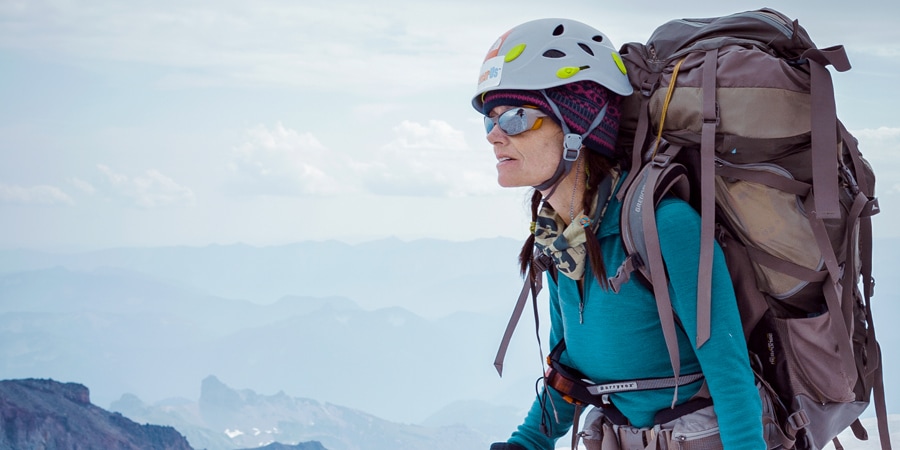
Preventing Snow Blindness: A less prevalent type of radiation burn is snow blindness, which is caused by overexposure to light radiation: typically reflected glare off of snow or water. Sufferers don't actually go blind, but their eyes get red, tear excessively and hurt whenever they open or close them.
Prevention of snow blindness is, not surprisingly, to wear sunglasses. Styles that have side blinders or wrap around the face are best. And wear them even on cloudy days because filtered sunlight can still cause damage. Wearing a sunglasses retainer to ensure you don't lose them is also a savvy move.
Assessment of Burns
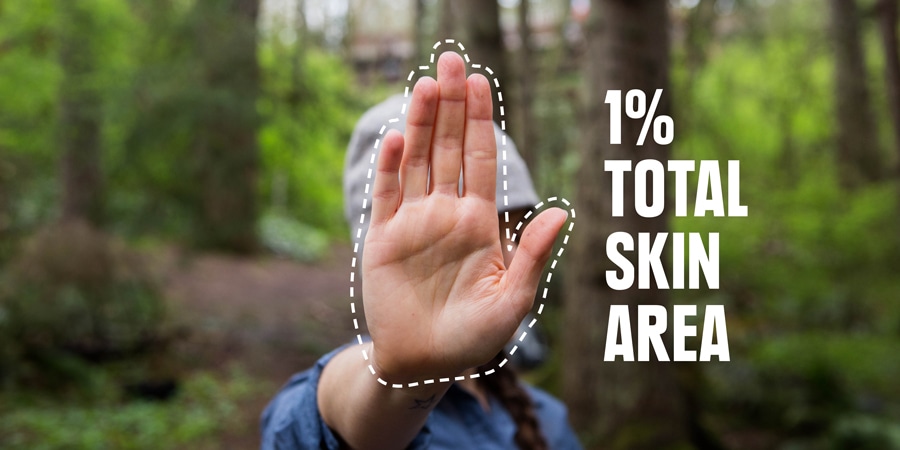
Regardless of the source of the burn, one can classify its severity by the depth of skin damage and the extent of that damage. Burns may involve a combination of classifications—a person might have a full-thickness burn surrounded by a less severe, but more painful, partial-thickness burn, for example.
How to Assess a Burn
- Superficial: Only the top layer of skin (epidermis) is damaged; the skin will be painful and red, but not blistered, and will turn white if you press on it.
- Partial-thickness: Both the epidermis and layer below that (the dermis) are damaged; the skin is painful, red, mottled, wet and blistered.
- Full-thickness: The epidermis, dermis and subcutaneous tissue (the deepest level) are all damaged; the skin is leathery, charred, grayish and dry, though not painful because nerves in the area have also been damaged.
- Use "the rule of the palm" to measure the extent of the burn: The combined area of the patient's palm, fingers and thumb on one hand is roughly 1 percent of their total skin area. Using that as a visual guide, estimate the percentage of body that the burn covers. Any partial- or full-thickness burn that covers greater than 10 percent of the body is cause for evacuation.
Treatment Options for Burns
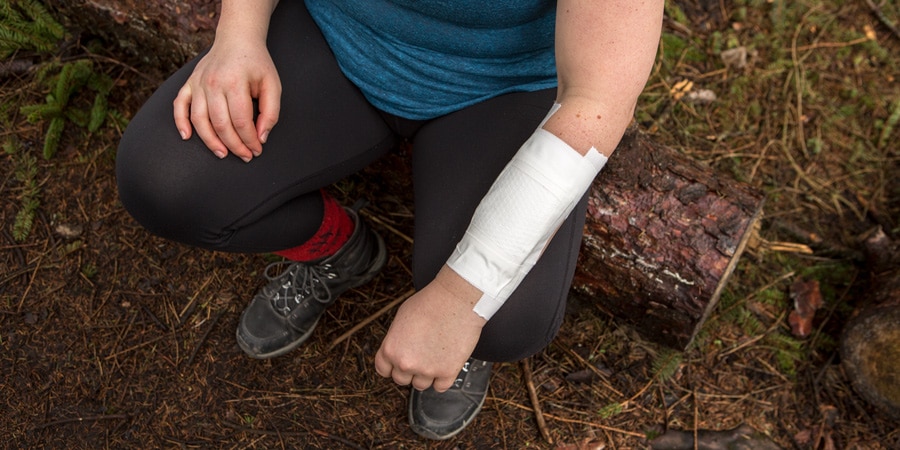
Your primary goals are to prevent further injury and infection, and to provide some pain relief.
Steps for Treating a Burn
- Check the airway: Inhaling hot air or particles can damage mucous membranes and cilia in the lungs and respiratory tract. Fluid builds up in the lungs, which are now unable to deal with that fluid. Look for swelling, soot or redness in the mouth, nose and throat; also watch for coughing and noisy breathing, which can take longer to develop. Evacuation is called for if you suspect an airway burn.
- Cool the burn: Cool (not icy cold) water soothes burned skin; be careful not to chill the victim (apply for no more than 10 minutes), and don't use ice because it constricts blood vessels and deprives the skin of nutrients.
- Clean and dress the burn: Wash it with cool, clean water and apply antibiotic ointment or burn gel. Cover it with a dressing—a moist one is fine on a burn that covers less than 1 to 2 percent of the body; otherwise use a dry dressing. Check and replace the dressing once a day. Leave blisters intact: If one ruptures, clean it with soap and apply a dry dressing.
- Manage pain: Use over-the-counter pain medications like ibuprofen or acetaminophen.
- Hydrate: Also be sure that the patient is well hydrated by giving them plenty of fluids.
- Evacuate as needed. See below.
How to treat a sunburn: Though the most serious risk from sun damage is developing skin cancer later, short-term sunburns can be severe enough to derail a trip—any partial-thickness sunburn can require evacuation for pain management and wound care. A patient with an extensive superficial sunburn might also need to cut a trip short if the discomfort is so great that they can no longer continue.
- Cool the burn: Relieve sunburn pain by using cool, wet compresses.
- Manage pain: Use an anti-inflammatory pain reliever like ibuprofen. (Anesthetic ointments and sprays aren't recommended because of the possibility of a "phototoxic reaction," which is where the skin becomes more susceptible to burning and burns more severely. This same thing can happen with other medications, too, so always read labels closely for cautions about sun sensitivity.)
- Hydrate: Burns can lead to a lot of fluid loss.
- Evacuate as needed. See below.
How to treat snow blindness: Treatment consists of cold compresses, keeping the person in a dark environment and the use of pain meds. Avoid anesthetic drops, which can further damage the eye; artificial tears or saline drops are okay to use. Typically, eyes heal within several days.
How to treat for shock: Serious burns can also put a patient in shock, where they are cool and clammy, anxious or confused, and have a rapid heart and respiratory rate. Care involves keeping them warm, calm and lying flat with their legs elevated slightly (a foot or less). Also make sure they are well-hydrated.
When to Evacuate a Burn Victim
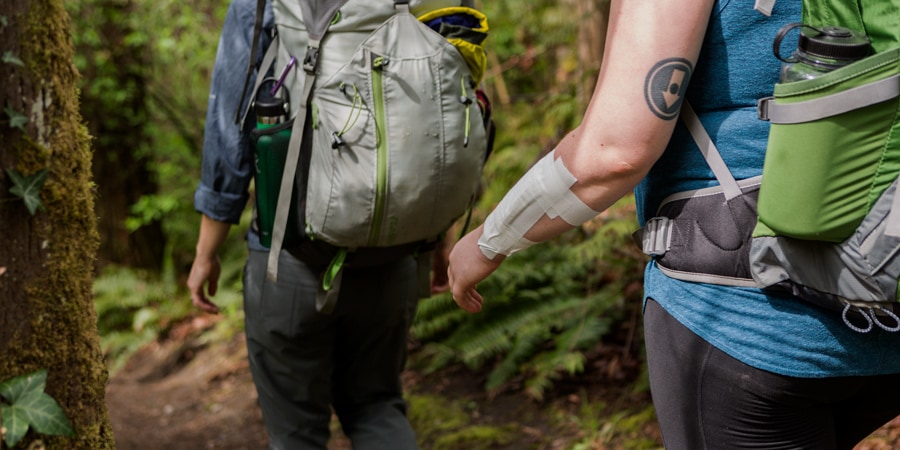
While non-extensive, superficial burns can be treated and allowed to heal while your outdoor adventure continues, more serious burns require the attention of a medical professional. If you've followed the assessment and treatment steps above, you'll have the information needed to make this decision.
Evacuate a burn victim in any of the following circumstances:
- You suspect an airway burn.
- The victim has full-thickness burns.
- The victim has partial-thickness burns on the face, hands, feet, armpits or groin.
- Your treatment in the backcountry is failing to manage their pain or keep the wound free from infection.
- Rapidly evacuate any victim with partial- or full-thickness burns covering more than 10 percent of the body.
- Rapidly evacuate any victim who is in shock and doesn't stabilize or improve.
Relying on a cellphone to contact emergency responders is a problem because of limited cell coverage in the backcountry. For trips farther into the wilderness, it's always wise to carry a serious communication device. Read How to Choose Personal Locator Beacons and Satellite Messengers for two options.
Shop for Personal Locator Beacons

